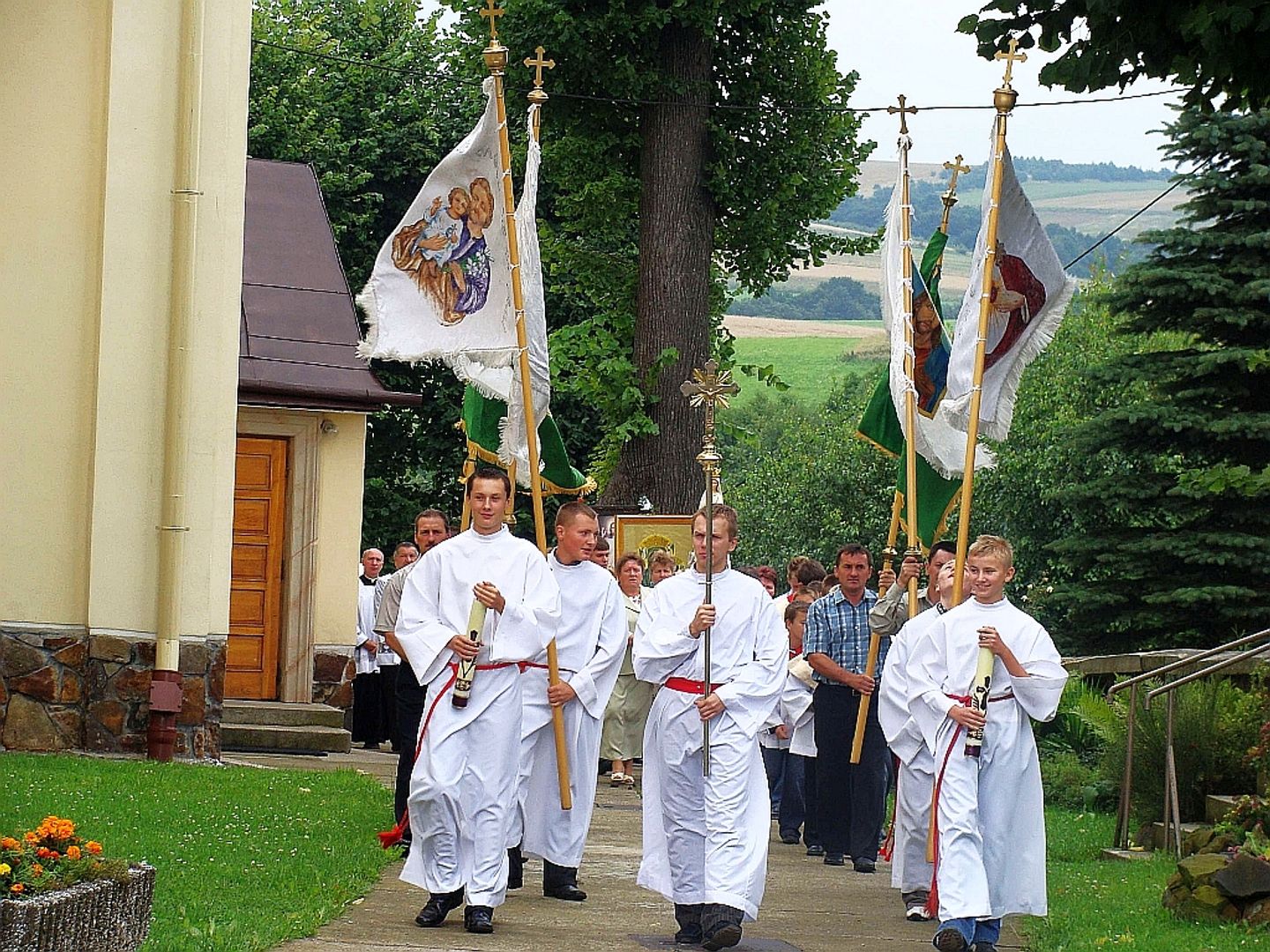Nowotaniec
6.81

Overview
Nowotaniec is a village in Poland, located in the Podkarpackie Voivodeship, within the Sanok County. The history of the settlement dates back to the 14th century, when King Casimir III the Great incorporated the Cherven Towns into Poland. In 1444, it was granted town rights and later the privilege to organize fairs. Over the centuries, the village underwent administrative changes, and its inhabitants were associated with various noble families, such as the Bal and Wzdowski families. During the 17th and 18th centuries, Nowotaniec experienced a crisis caused by military occupations, as well as destruction from fires and Tatar raids. After World War II, the village lost its town rights. Architecturally, it is worth noting the remnants of the market square, where the town hall and the parish church of St. Nicholas once stood, as well as the ruins of a medieval castle. The architectural heritage of Nowotaniec is highlighted by the former market square, which served as a trading center, and the remains of religious buildings, such as Catholic churches and a former synagogue. Culturally, Nowotaniec is known for its leftist traditions dating back to the pre-war period, as well as the activities of local folk ensembles that preserve ancient customs and rituals. An interesting fact is that Nowotaniec is home to the Ludowy Klub Sportowy "Cosmos" (People's Sports Club "Cosmos"), which has a rich history dating back to the 1940s. The village also features educational paths and tourist trails, making it an attractive destination for both local residents and tourists. In terms of historical migration, residents of Nowotaniec emigrated for work to the USA and Europe, which influenced the social and economic development of the region. The natural surroundings with a mountainous climate foster tourism and enable winter sports in nearby ski resorts. Surrounded by picturesque landscapes, Nowotaniec also represents an important point on the cultural and historical map of Podkarpacie, reflecting the diverse influences of the nations that have inhabited these areas.
Location
2025 Wizytor | All Rights Reserved